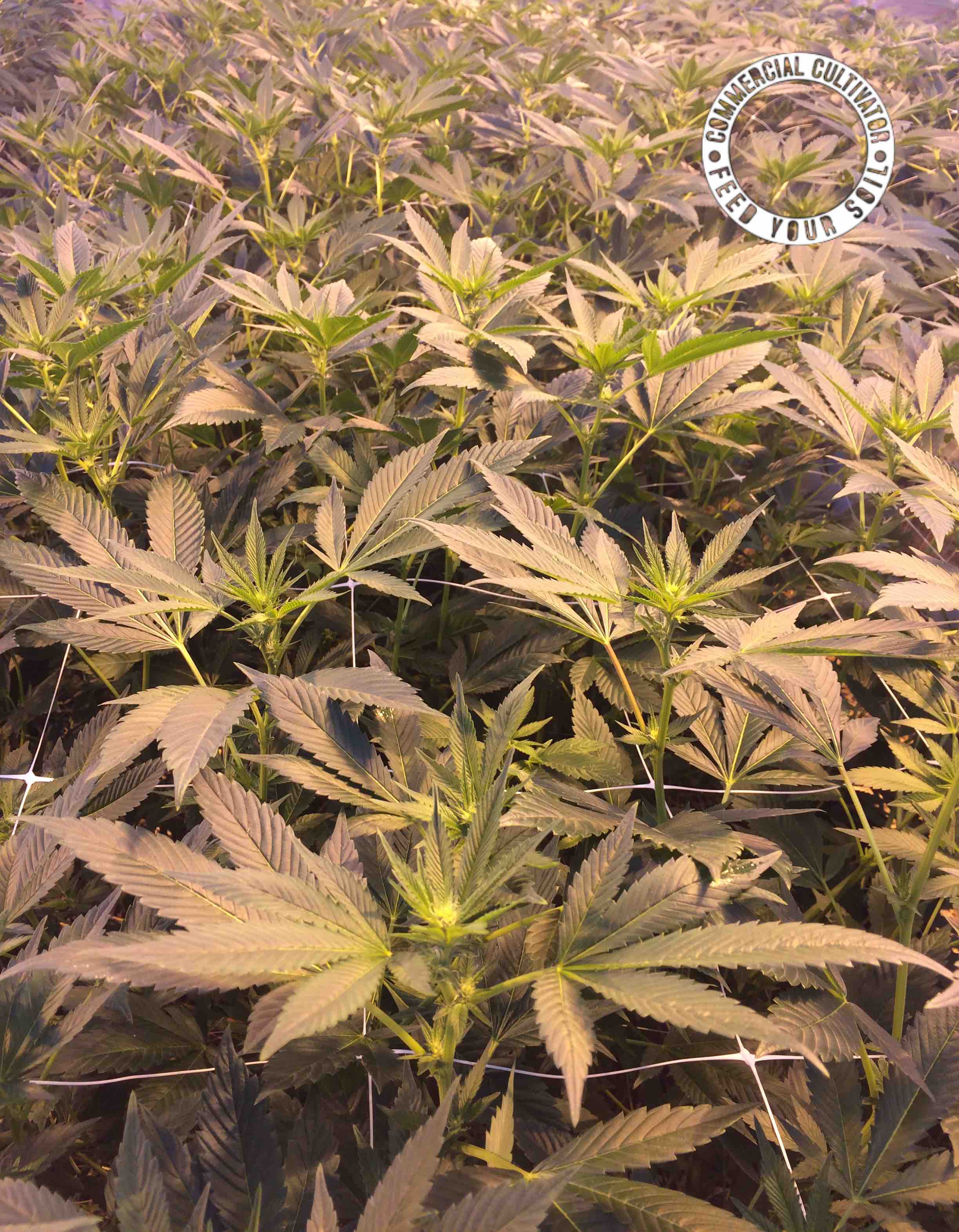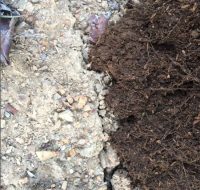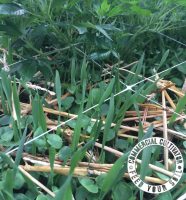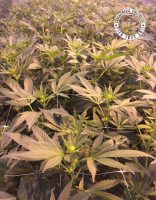This is not a discussion of climate change, it’s a discussion of the impact of weather on the agriculture industry. The question for the cannabis & hemp industry, and basically the entire specialty crop industry, is what will be the impact? According to the U.S. National Climate Assessment, “Climate disruptions to agriculture have been increasing and are projected to become more severe over this century.” I’m sure that’s not much of a shock to anyone who owns a farm, orchard or greenhouse.
Every national newspaper for the past two weeks has published at least one article a day about the flooding in the Midwest, while industry newsletters and blogs have contained more in-depth stories. The question is, what can agriculture professionals do to mitigate these problems?
Relying on state and national legislators, especially heading into a presidential election year is likely to be frustrating and unrewarding. Governments are excellent at reacting to disasters and not so good at preventing them. In short, if we depend on government to take the lead it’s going to be a long wait.Instead, many farmers are looking at the future costs of outdoor farming and concluding that it’s simply cheaper, more efficient and manageable to farm indoors.
Instead, many farmers are looking at the future costs of outdoor farming and concluding that it’s simply cheaper, more efficient and manageable to farm indoors. Gone are the days when people grew hemp and cannabis indoors in an effort to hide from the police. Pineapple Express was a funny movie but not realistic in today’s environment.
Today’s hemp and cannabis growers are every bit as tech savvy as any other consumer-oriented business and one could argue that given the age of their customers (Statista puts usage by 18-49-year-olds at 40%), distributors must be even more tech savvy to compete effectively. Some estimates put the current split of cultivation at about one-third indoors/two-thirds outdoors. To date, the indoor focus has been on efficiency, quality and basically waiting for regulators to allow shipping across state lines.
A major driver in the indoors/outdoors equation is that as the weather becomes more unfriendly and unpredictable, VC’s are factoring climate disruption into their financial projections. When corn prices drop because of export tariffs, politicians lift the ban on using Ethanol during the summer months. It’s going to be a while before we see vehicles running on a combination of gasoline and CBD.
Leaving aside the case that can be made for efficiency, quality control and tracking of crops, climate change alone is going to force many growers to reassess whether they want to move indoors. And, it’s certainly going to weigh heavily in the plans of growers who are about to launch a cannabis or hemp business. Recently, one investment banker put it to me this way: greenhouses are the ultimate hedge against the weather.





















